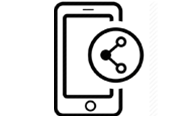Whether you want your customer support helpdesk to become proactive instead of reactive, you want a predictive model of your product or a cognitive digital twin of your product that incorporates the product-user-and environment, or you want to reduce the time and cost of bringing a product or service to market we have developed the solution. We are the trusted resource for governments and businesses alike.
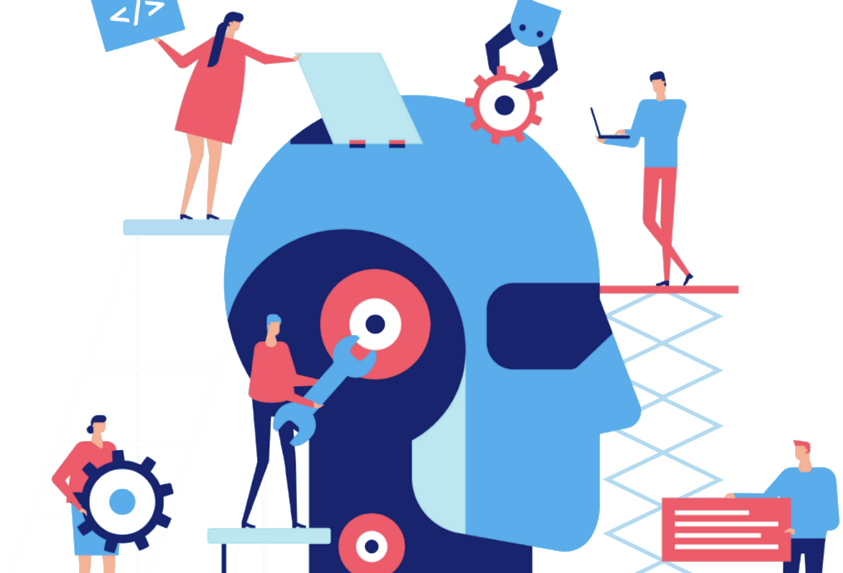

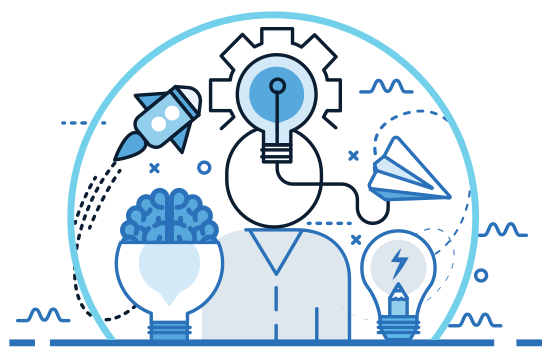

Our Approch
Our “Think Big – Start Small – Go Fast” approach avoids the massive up-front investment and begins to deliver business value in months instead of years, so our customers see and experience the benefit of the investment they are making quickly. Working directly with our customers, we zero in on one or two key issues and attack those first. Simultaneously, we engage our customers on a broader level to help envision how the overall company might benefit from further work with the understanding that we must deliver value to the bottom line at every step.
Our Team
C2RTech’s data science team has MIT, Caltech, and NASA roots and a proven successful track record to ensure the very best minds are engaged to solve your problems.
Industries our team has worked with
Automotive
Oil & Gas
Construction
Manufacturing
Pharmaceutical
Healthcare
Finance
Software
Customer

Annual Revenue: > $35B
Industry: Pharmaceutical
The Challenge:
- Thousands of documents and research reports in various business databases
- Indexing and searching these documents was problematic due to:
- Massive scale
- Overlapping information across multiple business units
- Relevance rankings often incomplete and misleading
The Solution:
Used machine learning (ML) model to label data and autonomously extract topics and themes and provide advanced document classification and searching across databases.
- Relevant documents can be linked regardless of membership or keywords
The Benefits:
- Significant improvement in efficiency and completeness for disease data searches
- Automated insight into all aspects available in documentation
- Easy Access to information
Customer

Annual Revenue: > $7B
Industry: Manufacturing
The Challenge:
- Huge volume of data, mostly siloed and stored in unconnected systems
- Huge number of individual products and company unable to effectively forecast price and volume beyond a few months.
- Company had not done any AI or ML before and wanted it for its business advantages
The Solution:
- Built a unified data framework and data platform
- Developed an ML model for forecasting of consumption and pricing and a second model for supply chain optimization:
- Highly accurate two-year forecast for price, and sales volume (updated monthly)
The Benefits:
- Better understanding of competitors and pricing to inform marketing/promotion campaigns
- Raw materials purchasing predictions used to make better supply decisions well before previous methods
- Supply Chain optimized to ensure consistent supply to ensure seasonal/other fluctuations were accounted for
- Price-elasticity solution allowed company to optimize the price gap with competitor brands
Customer

Annual Revenue: > $125B
Industry: Automotive
The Challenge:
Unpredictable and extremely complex network failures causing downtime on the manufacturing floor.
The Solution:
Developed an ML model that performs anomaly detection and failure prediction of computer network:
- Provides a robust confidence level with minimal false alarms
- Provides for an automatic creation of a virtual triage space with root cause data provided
- Allows for automated notification to IT personnel to diagnose the problem and take proactive steps to prevent the failure from occurring
The Benefits:
Preventative actions can be taken to minimize the network downtime:
- Cost savings in the tens of thousands of dollars
- Improved employee morale and engagement
- Improved production efficiency
Customer

Annual Revenue: > $3B
Industry: Piping Construction
The Challenge:
After being given the engineering ISO drawings from a potential client, the estimating department was spending an enormous amount of time and manual labor taking the required details off of the PDF drawings and putting it all into a format to provide an estimate.
The Solution:
We developed an AI driven process that quickly pulls the required information off of the PDF drawings and puts the data into the proper format for quick upload to the estimating software. We also added intelligence to include: Through the fitting” pipe lengths, total weld counts, Item code for each line item to determine manhours, Estimate code for metrics, Phase code for project controls tracking.
The Benefits:
- Allowed estimators more time to analyse the estimate and reduce risk
- Reduced or eliminated the “crunch factor
- Reduced data entry manhours
- Improve data quality and completeness
What is Machine Learning
Machine-learning algorithms use statistics to find patterns in massive amounts of data. The data can be in any number of formats – Words, Images, Numbers, tagged data, etc. As long as it can be stored digitally, it can be used as part of a machine-learning algorithm
Examples of Machine Learning:
Search engines such as Google, Social Media feeds like Facebook and Twitter; virtual assistants like Siri and Alexa as well as recommendation systems like Netflix, Prime Video, and YouTube and traffic prediction systems like Waze; email and Spam filtering, Video Surveillance systems that can predict a crime before it occurs. The list goes on and on…
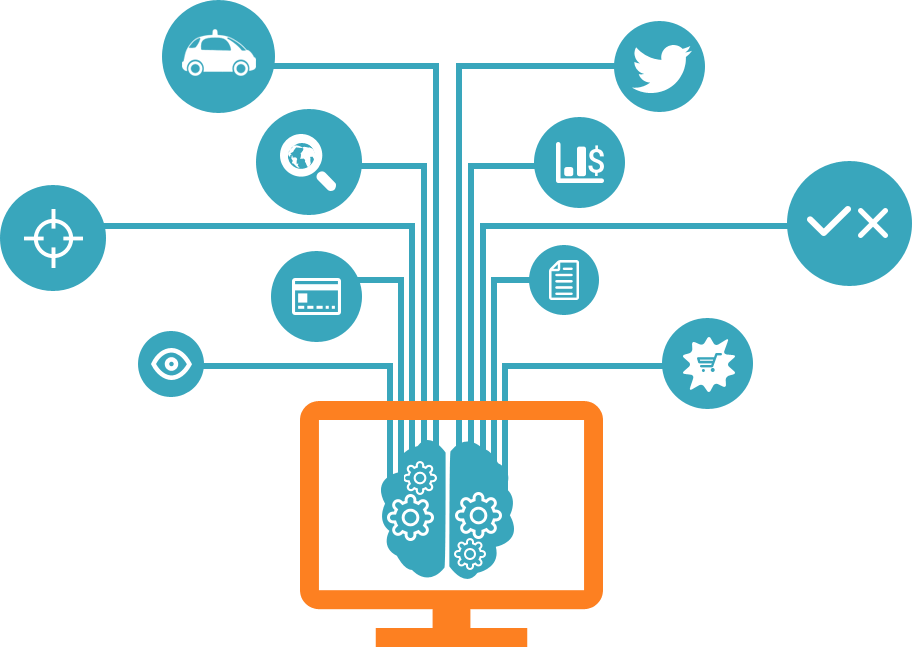

What are Deep Neural Networks
Neural networks have been around since 1958 but have only recently started being utilized on a large scale. Neural networks are a set of algorithms that were meant to work somewhat like the human brain. Think of them as a clustering and classification layer on top of the data you store and manage. Deep learning happens in three basic flavors: Supervised, Unsupervised, and Reinforcement.
Supervised Learning
In supervised learning, (which is most common) the machine is told exactly what patterns it should look for. Sort of like a bloodhound on the trail of a scent that it has been told to find (aka… go out there and find deer in that part of the woods). Some examples of supervised learning are;
- Recognize facial expressions (happy, sad, angry), facial recognition, detect faces, identify specific people, recognize specific gestures in images and video
- Identify specific objects in images (pieces of equipment, weapons, road signs, cars…)
- Detect voices, identify speakers, transcribe speech to text, recognize sentiment in voices
- Classify text as spam (in emails), or fraudulent (in insurance claims); recognize sentiment in text (customer feedback)
Unsupervised Learning
In unsupervised learning, the machine is not told exactly what it needs to look for. Instead it just looks for whatever patterns it can find. Using our Bloodhound example above, this is like telling it to go into the woods and find whatever it can then sort what it finds into groups with similar smells. Unsupervised networks are often used in cybersecurity. Some examples of unsupervised learning are:
- Search: Comparing documents, images or sounds to surface similar items.
- Anomaly detection: The flipside of detecting similarities is detecting anomalies, or unusual behavior. In many cases, unusual behavior correlates highly with things you want to detect and prevent, such as fraud.
Reinforcement Learning
In reinforcement learning, the machine learns by trial and error to achieve an objective it has been given. It tries out many different things then evaluates each based on how much closer or further from the objective it is. This is like teaching our Bloodhound a new trick by withholding food.
Some examples of reinforcement learning are:
Some examples of reinforcement learning are:
- Hardware breakdowns (data centers, manufacturing, transport)
- Health breakdowns (strokes, heart attacks based on vital stats and data from wearables)
- Customer churn (predicting the likelihood that a customer will leave, based on web activity and metadata)
- Employee turnover (ditto, but for employees)
What is Predictive Modeling
Predictive modeling is a group of methods that are used to calculate the probabilities of various outcomes usually by combining statistics and logic. With these methods you can forecast, predict outcomes, or figure out which advertisement to show next based on a particular customer’s likes and dislikes.
There are a few flavors of Predictive Modeling as well a
There are a few flavors of Predictive Modeling as well a
Classify
Pretty simple really, it puts data into categories. For example a bank may want to know if a person is likely to default on a loan or for a manufacturer if a particular part is likely to need replacement over the course of a year.
Cluster
This method sorts data together in “clusters” based on similar attributes. For example if automobile companies benchmark their customer data into groups to identify global patterns of warranty repairs.
Forecast
Tell me the most likely future! Examples include: a manufacturing facility can estimate how many new orders they will get in a quarter or a grocery store can predict how many jars of peanut butter they need to have in stock to meet the demand for a given time of year.
Outliers
This model concentrates on those pieces of data that fall outside the norm and may indicate a problem or change. Examples include finding data spikes within your network indicating a possible breach of data or a spike in call volume indicating a possible problem with a product.
Time Series
Looking at data captured with a timestamp and then making predictions about how that data may change in the future beyond simple statistics. An example is collecting the output pressure, temperature, and vibration of a bearing and predicting when that bearing may fail depending on usage or predicting the number of users of a telemedicine solution for the next three months using the last year of data as the basis.
What is Natural Language Processing
This is simply giving a machine the ability to understand grammar, semantics, and syntax. The main challenge in modern NLP is deciphering meaning, aka “How’s it going?”, and figuring out what the machine should “say” back. This requires machines to be trained. NLP plays a major role in the creation of intelligent Chatbots with human-like conversational capabilities.
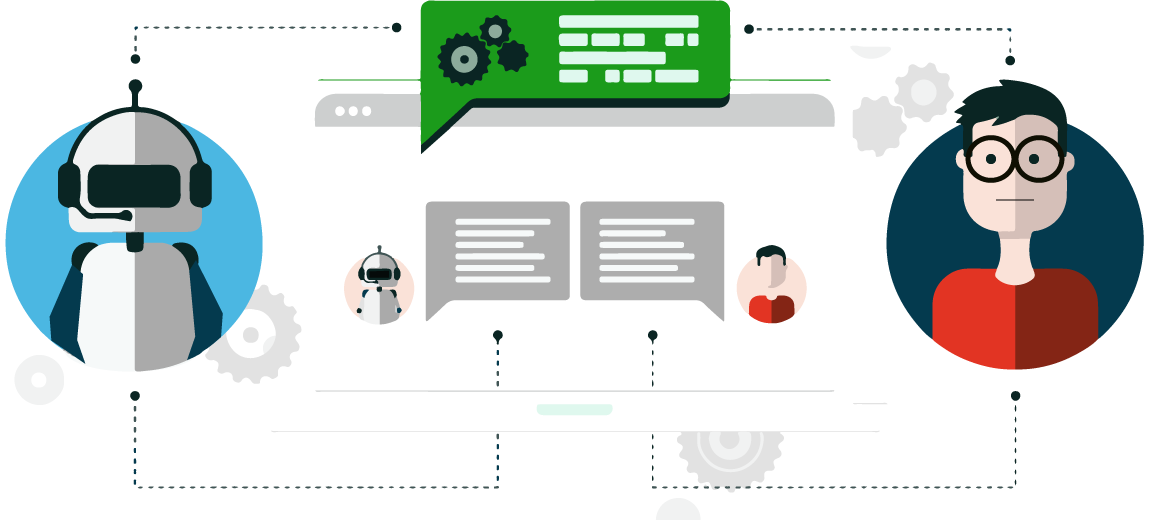


Office Address
C2RTech, LLC
4200 San Jacinto St.
Houston, TX 77004
Contact Us
Copyright 2020, by C2R Tech
English
Español
한국어
繁體中文
Deutsch
Français
Vietnamese




